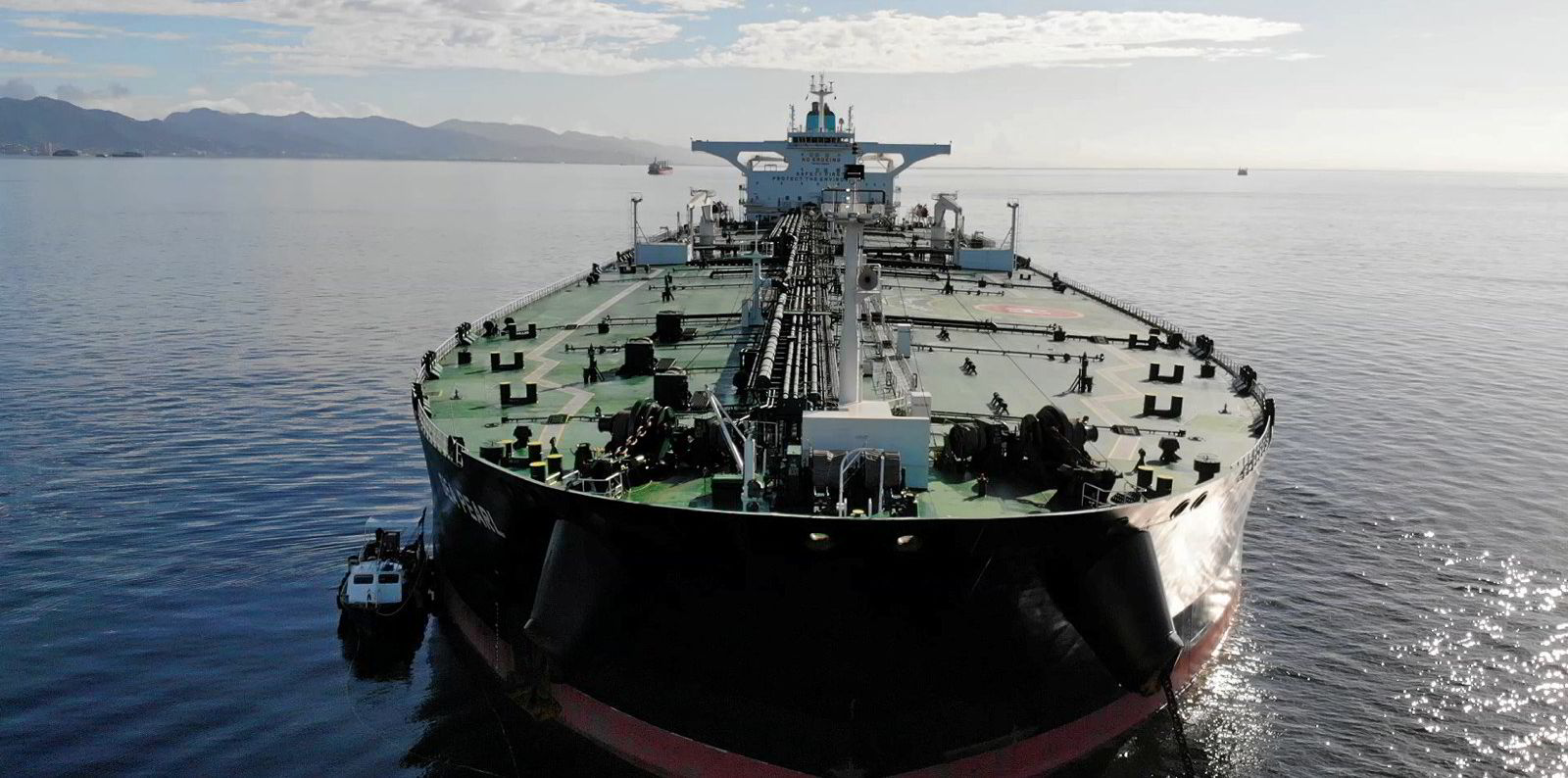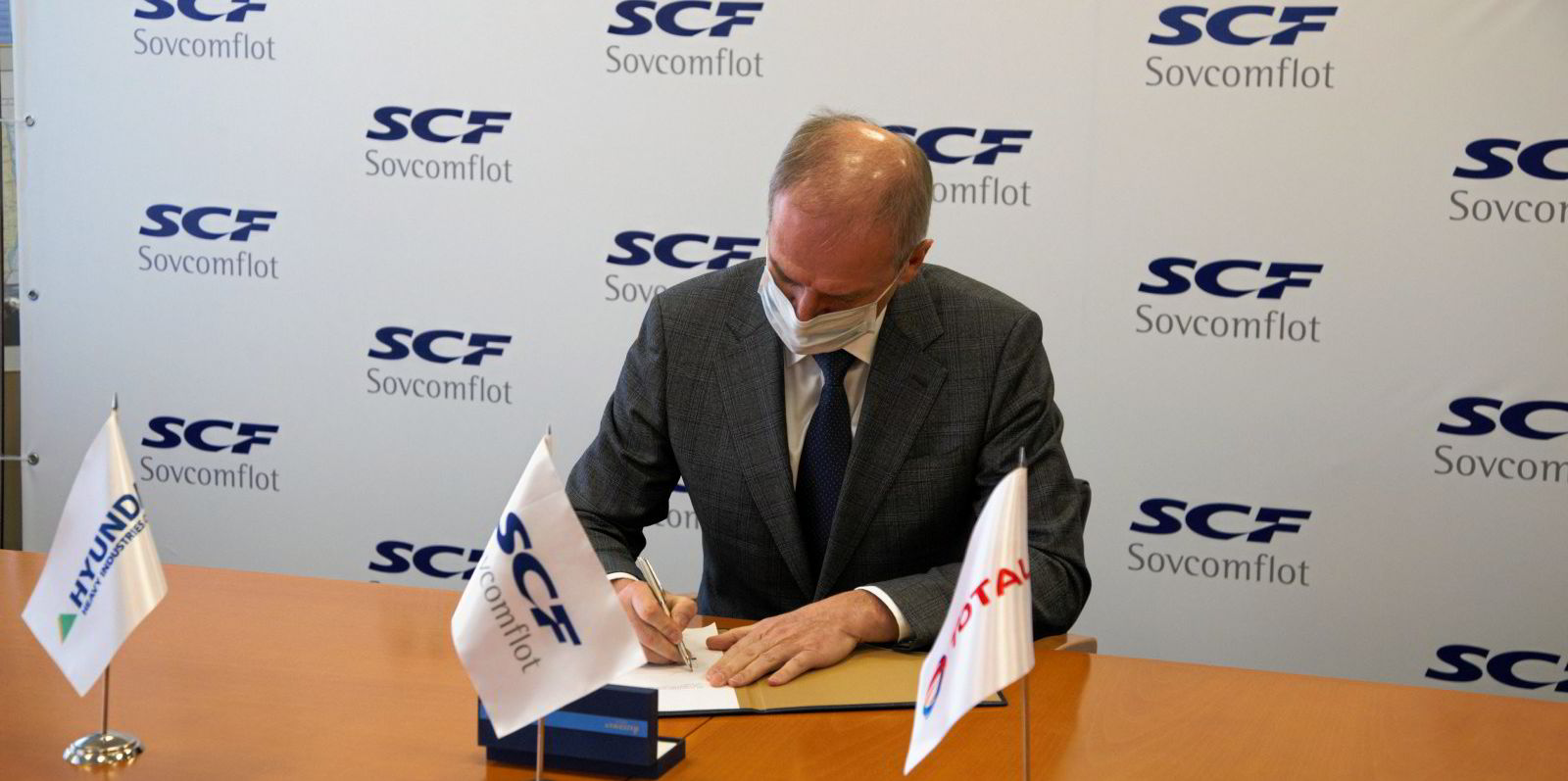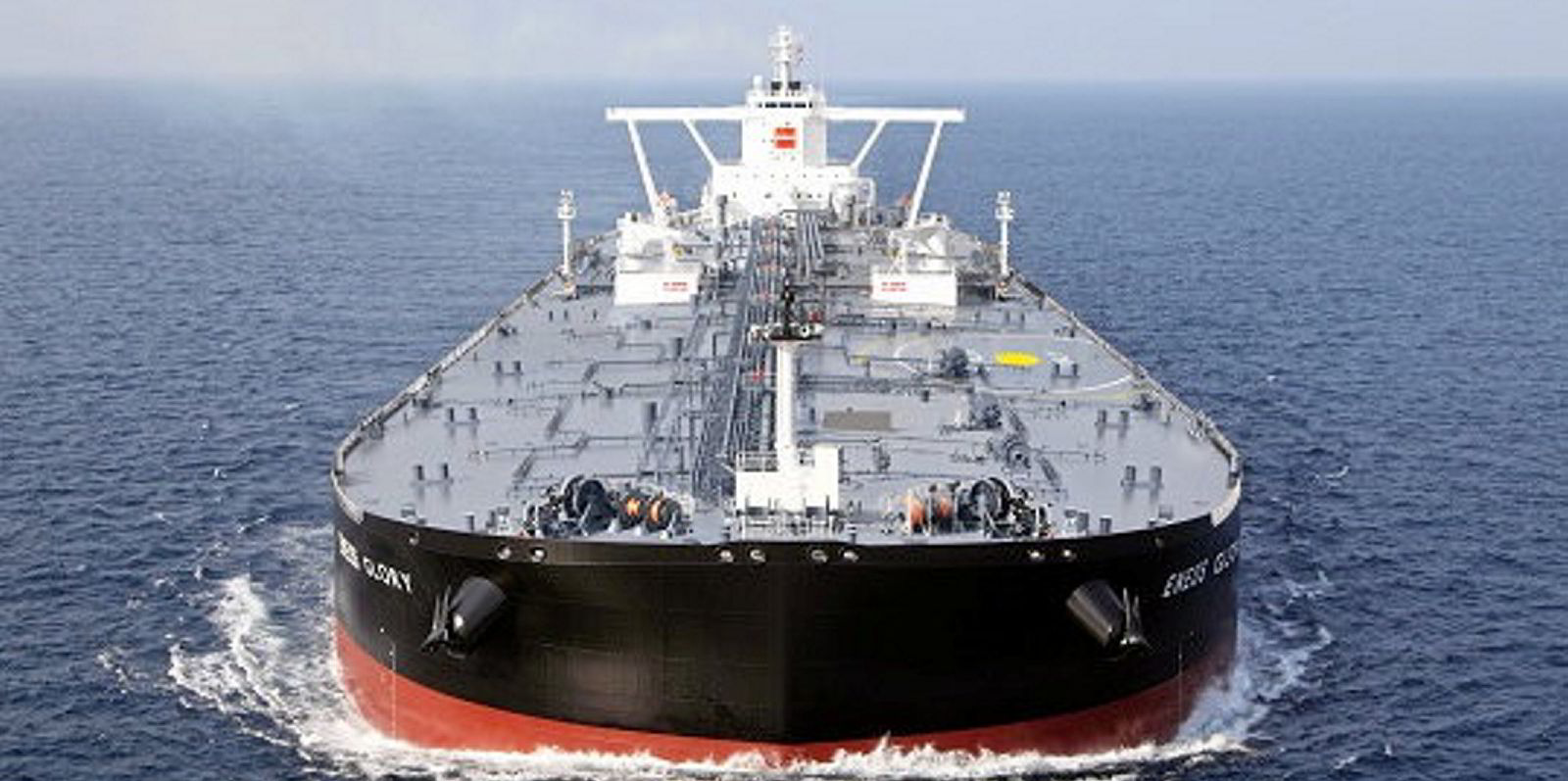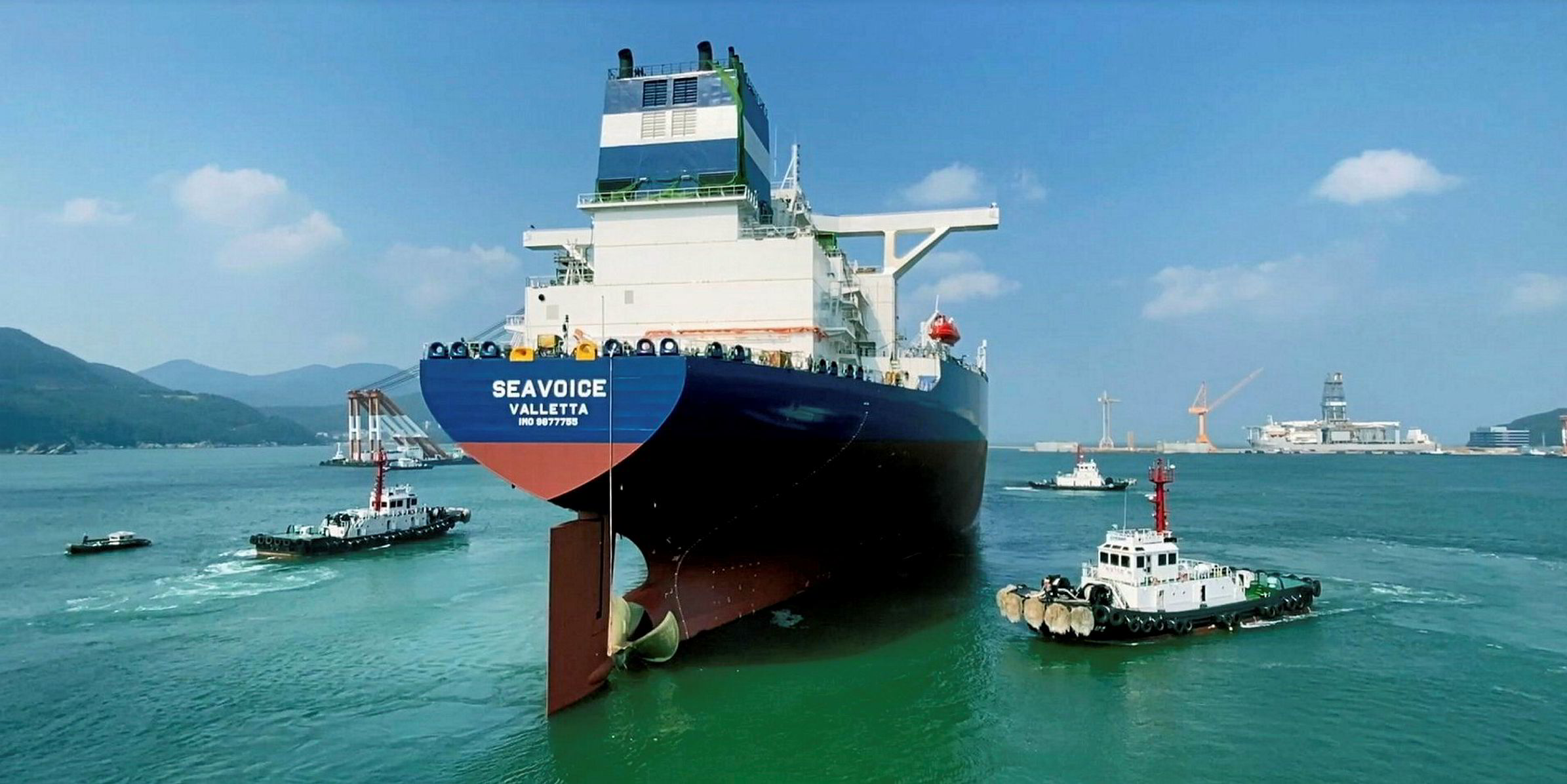Plenty of red ink was spilt when crude tanker owners reported their first-quarter results.
But executives of leading companies, suffering for nearly two years because of the pandemic, are confident that things are looking up. And with good reason, as all the owners that published forward fixtures data have seen leaps in rates.
“Spot tanker rates have increased following Russia’s invasion of Ukraine and look to remain volatile in the coming weeks and months as the situation continues to unfold,” chief executive Kevin Mackay said on Teekay Tankers’ first-quarter earnings call.
“Although the near-term outlook is uncertain, the longer-term outlook appears very positive due to an anticipated period of very low fleet growth, which should support stronger tanker rates.”
For the quarter, Teekay Tankers posted a $13.9m loss, joining the rest of the New York-listed tanker owners in reporting a loss.
Its suezmax fleet earned $13,786 per day in the spot market, while its aframaxes fetched $16,857 per day.
In the second quarter, spot rates have jumped to $27,400 per day for suezmaxes with 52% of days booked and $30,900 per day for aframaxes with 45% of days booked.
International Seaways and Euronav posted losses of $13m and $43.3m respectively, but also saw their spot rates rise.
International Seaways’ spot-trading suezmaxes jumped from earning $13,600 per day in the first quarter to $24,600 per day in the second quarter with 40% of days booked. Its spot aframaxes rose from $13,200 per day to $43,700 per day with 39% of days fixed.
Euronav’s suezmax earnings crept up from $15,500 per day to $19,700 per day with 44% of days fixed.
Yes, even VLCCs
Even VLCCs, which continue to lag significantly behind their smaller counterparts, improved.
Of the companies reporting forward VLCC earnings, DHT Holdings saw its fleet earning the highest spot rates: $24,800 per day with 69% of days fixed. DHT posted a $17.3m loss for the first quarter.
International Seaways reported $15,100 per day spot earnings for its VLCCs with 51% of days fixed, an improvement from $12,300 per day in the first quarter.
Euronav’s VLCCs in the Tankers International pool jumped to $14,000 per day with 43% of days fixed, up from $13,750 per day.
For further improvements, International Seaways chief executive Lois Zabrocky said VLCCs need China and ramped-up Opec production.
“It’s looking like [China’s Covid-19 restrictions] should lift in the second half of May or heading into June,” she said.
And even though Opec is authorising an extra 400,000 barrels per day, “they’re at least a million, if not a million-and-a-half, below that in actual production. So we need to see production coming back online.”
Zabrocky noted that Libya was well below potential output, with domestic disputes disrupting production there, and West Africa has had difficulties.
Still flogging fundamentals
The surge for suezmaxes and aframaxes has been driven by shifting trading patterns after Europe’s turn away from Russian oil following the invasion of Ukraine in late February.
But owners believe that, even without the war, the case for tankers was looking up.
Alongside first-quarter earnings, crude tanker owners again trotted out the case that increased oil demand, an ageing fleet and a low orderbook meant the market would pick up soon anyway.
DHT Holdings chief executive Svein Moxnes Harfjeld said some issues, such as Covid-19 in China, persist, but “trying to look through all this noise, we see fundamentals developing towards what we expect to become a rewarding market for large tankers”.
He said oil inventories are low, there is space for Opec to ramp up production and US reserve releases will help, too.
Harfjeld also suggested that for his fleet, made up entirely of VLCCs, rising suezmax and aframax rates could push traders to charter the largest ships at low prices.
Mackay, who counts no VLCCs in his fleet, paid special attention to fleet supply fundamentals, which he described as “the most positive scene in the last two decades”.
“Rising newbuild prices, which are currently the highest since 2009, and a lack of shipyard capacity continue to limit new tanker orders, with just 0.2m dwt of new orders placed in the first quarter of this year, the lowest since at least 1996,” he said.








